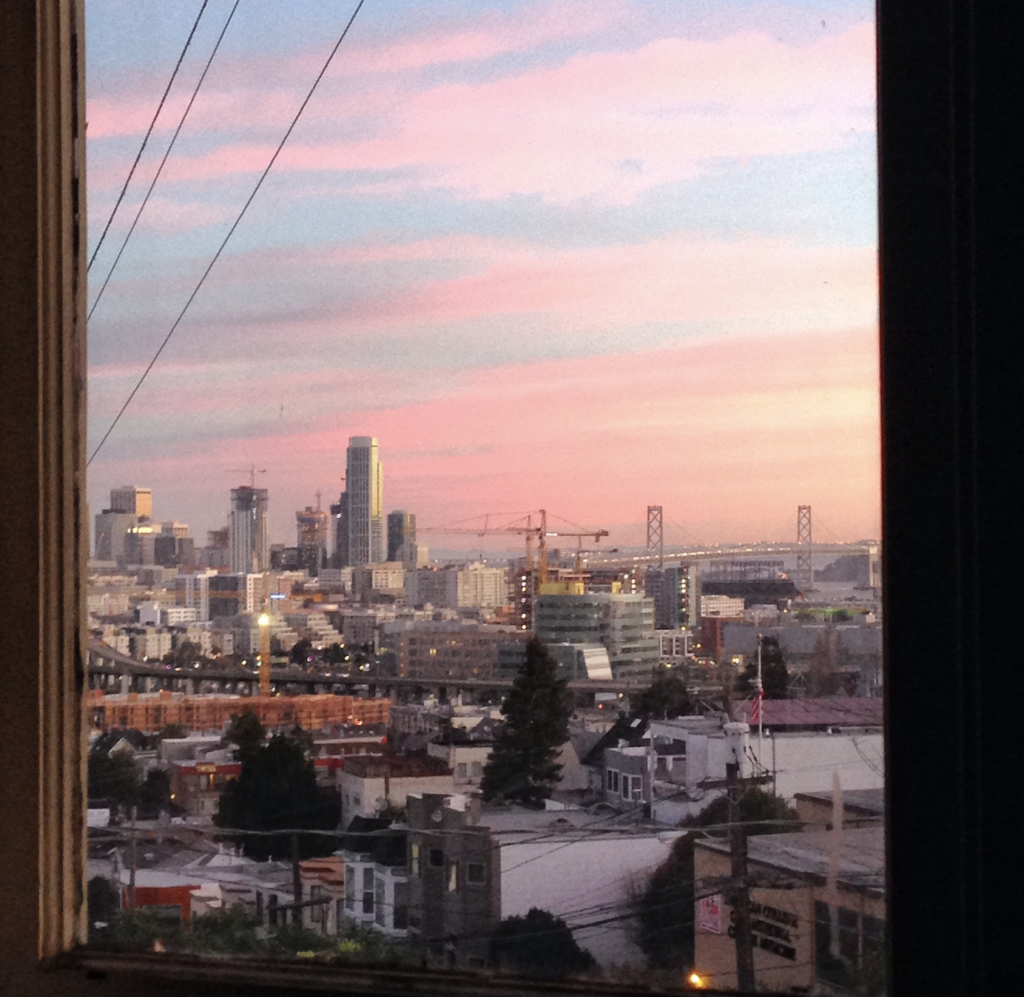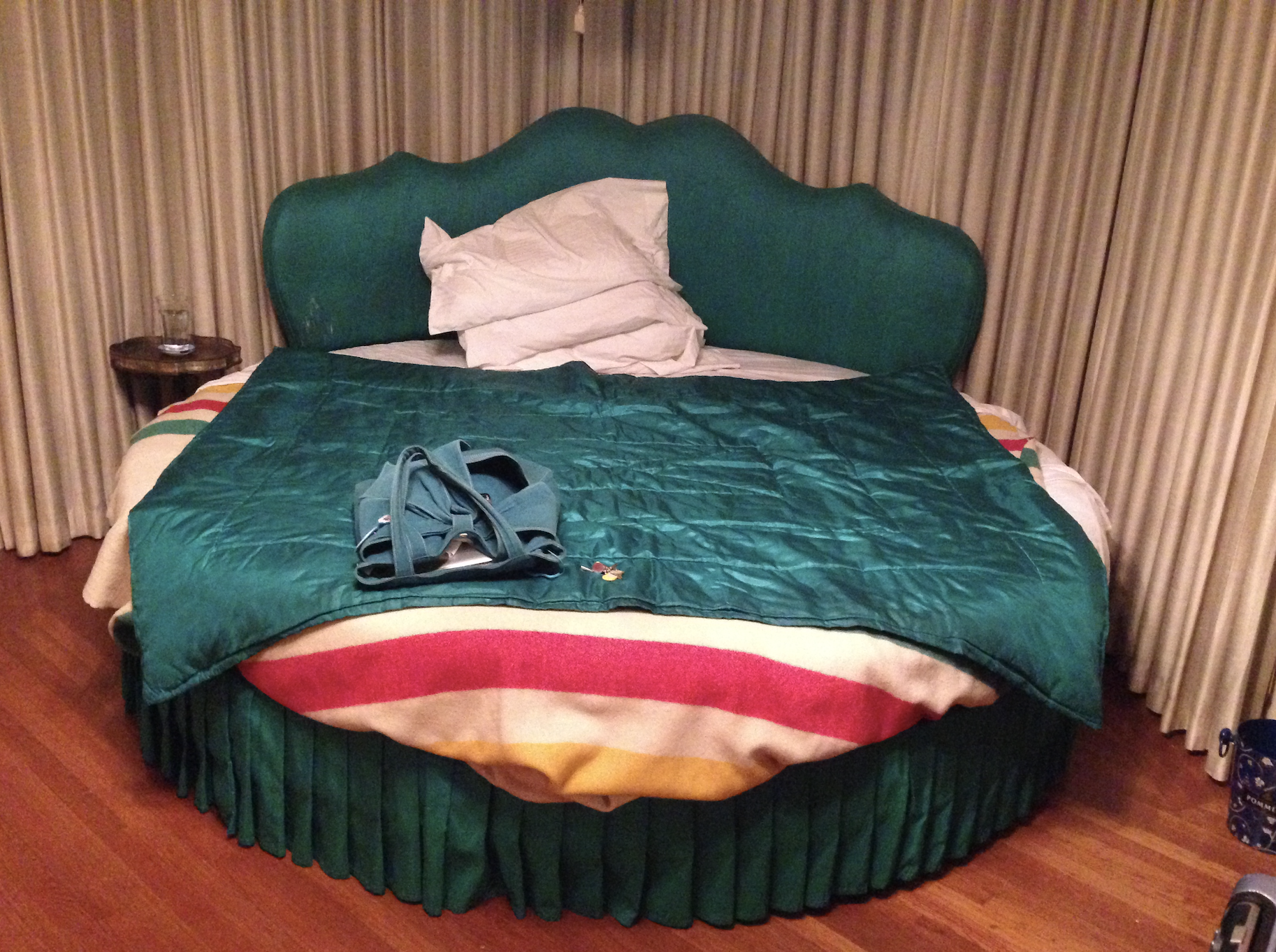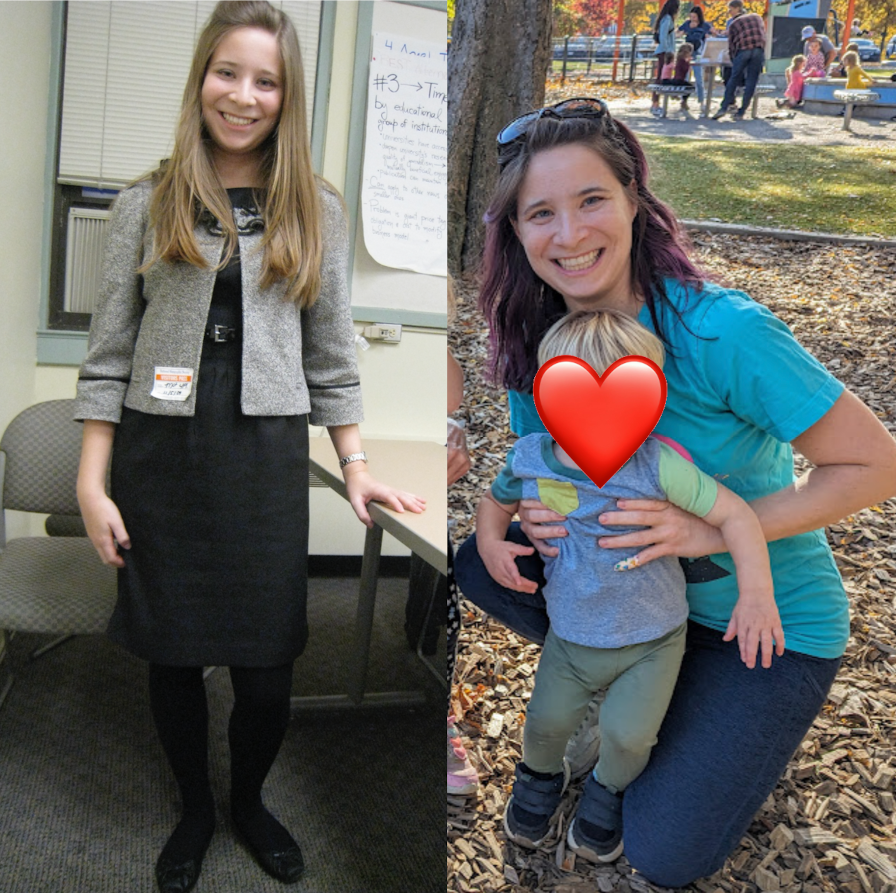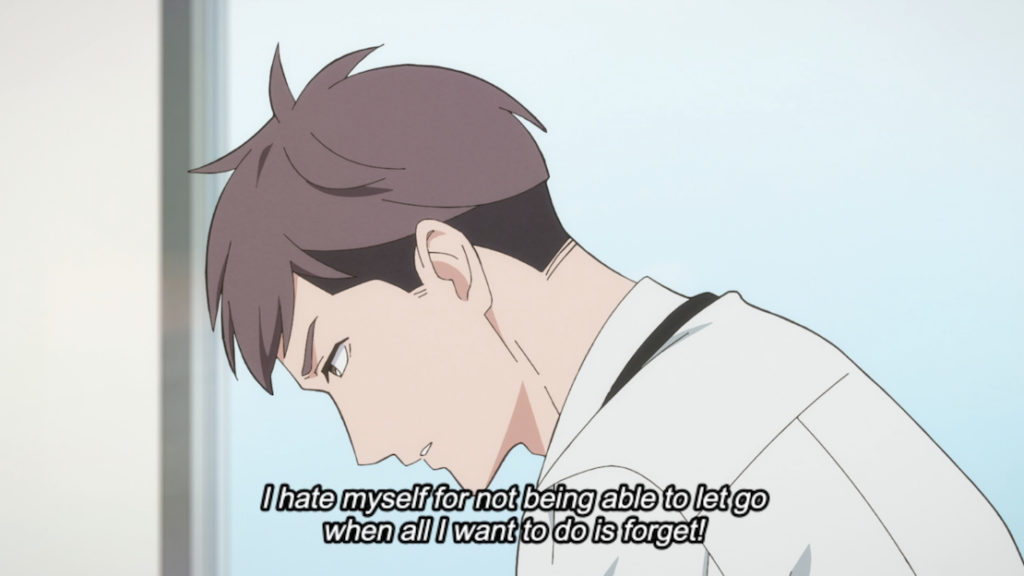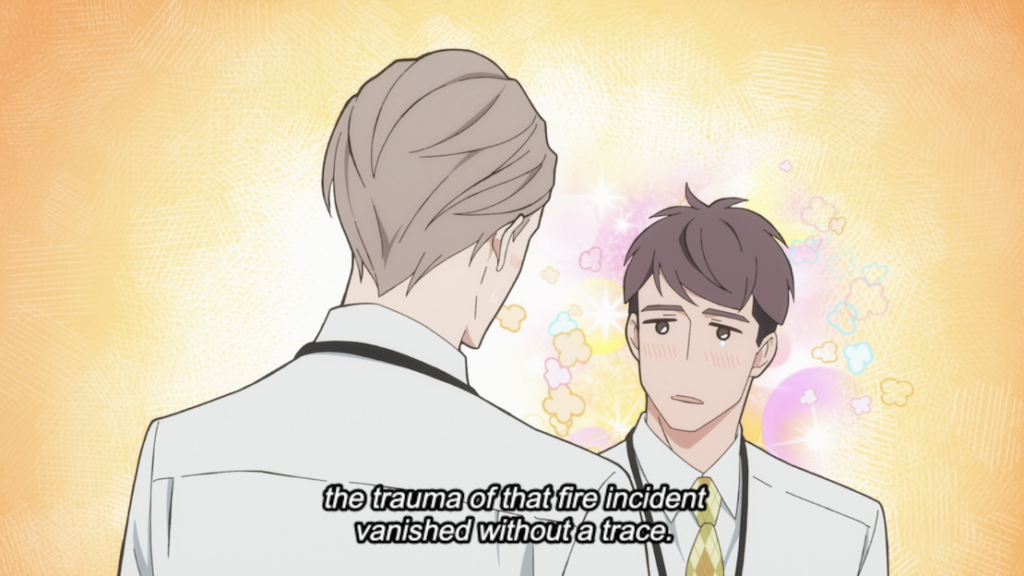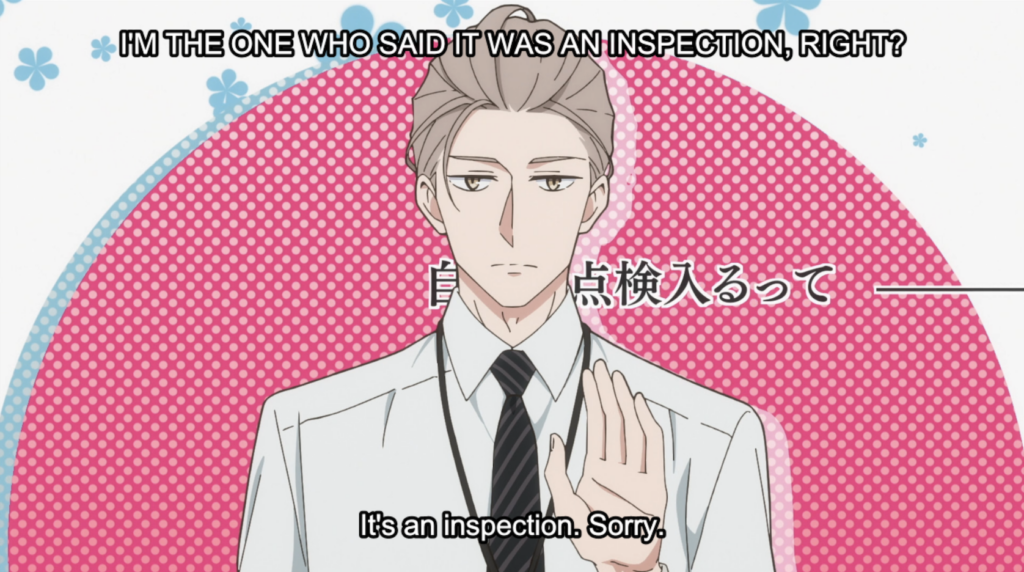
Over the past week or so, I’ve been quietly restoring Otaku Journalist. Sometime in the past five years of security updates and auto-maintenance, the blog’s layout got really messed up and I didn’t make it a priority to fix it. Until this month, that is. I’m part of a productivity group where we share our 5 main goals for the month, proceed to ignore them, and then hurriedly work on them right before the deadline (or at least that’s how I do it; I can’t speak for the other members).
This month, my goals were to set up a new finance tracking system for my freelance business (a process that could be a post in itself), do one pull up (check!), write 28 manga, manhwa, and light novel reviews for the ANN Spring Manga Guide, do one thing to help my community, and finally, FINALLY, get this blog back in working order.
I am writing this post because I think Otaku Journalist is finally presentable again. I edited every page, but the ones I’m most proud of are Journalism (before I added new articles, I had portfolio pieces from 2013 on here!) and the simple, browsable new Archives. I also swapped out the 2014 photo of myself for a selfie I took in January on my way to Magfest.
So why am I updating my blog after all this time? Because I am sick of our shrinking, increasingly corporate Internet, where AI slop crowds out real human creation, where we have to say stuff like “unalive” because The Algorithm will penalize us for saying “kill.” This blog isn’t 100% independent since it runs on WordPress.org, but at least I can say whatever I want here.
For the immediate future, I’m planning to use Otaku Journalist as a portfolio site first and foremost. I want to hype my work at other places that I write, like Anime News Network and Anime Herald. I want to write personal fandom essays that don’t belong anywhere else. One thing I don’t want to do is give myself a new unpaid job, so I’m not planning on a regular update schedule. The best way to find out if I post something new is to subscribe to my RSS feed or to put your email in the form on the sidebar—up to you.
Here are some of the things I’ve been up to while I haven’t been blogging:
- Raising my kids. It’s funny that I made several posts about how I was going to go right back to work and not become the kind of mom who makes being a mom her entire identity, and now whenever anyone asks “what do you do?” I say, “I’m a stay-at-home mom” without missing a beat. It’s a lot faster to say than “I am a primary caregiver who writes articles and manga reviews a couple of hours a week. Oh manga? Well, let me explain what that is…” My kids are 5 and almost 3 now, so they’re both in preschool. My 5 year old is old enough to know her middle name is inspired by an anime character, but not old enough to think we’re cringe for doing that.
- Making fitness a priority. After watching my body gain 40 pounds, then lose them, then gain them and lose them again during my two pregnancies, I have attained a new appreciation for what my physical form is capable of. I’ve rediscovered my love of running and I do daily bodyweight exercises. My current focus: upper-body strength. I spent February through April attempting to do one (1) pull-up, and now I’m aiming for two.
- Getting really into Formula 1. If you haven’t discovered a new micro-fixation to geek out about lately, I highly recommend doing so!
- Gunpla 101. I’ll be honest, I haven’t built a Gunpla kit in over a year. We are outgrowing the size of our condo and I no longer have a tabletop where I can build that won’t be inspected by tiny fingers. But I put up a guest post on Gunpla 101 weekly on Mondays at 9 AM. I’ve got some impressive contributors right now, and I think you’ll like what they’re putting out.
- Reading like 100 manga. I used to watch 10 anime a season, and now I’m down to 2 (Apothecary Diaries and Mobile Suit Gundam GQuuuuuuX, which I’m also reviewing weekly). But beginning last year I have been a regular participant in Anime News Network’s spring and fall manga guides, which means writing 40+ reviews of upcoming manga, manhwa, and light novels until yeah, I’d say that’s become a major part of my daily routine and therefore my life.
This year I’m 38 years old, which means I’ve been writing in this blog since I was 22—a full 16 years. There have been several opportunities to naturally sunset this blog, but I’ve never taken them because I’ve loved having this digital record of my entire adulthood. If you read all the way to the end of this self-indulgent update, thank you. Hope to see you around.

